Cap rates measure a property’s return on investment by comparing its net operating income (NOI) to its current market value. To calculate it, divide NOI by the property’s value. High cap rates (above 9%) suggest higher risk and potential returns, while low rates (below 5%) indicate stability and lower risk. Factors like location, property type, and market conditions influence cap rates. Understanding these dynamics helps you make informed investment decisions and explore deeper insights.
Key Takeaways
- Cap rates measure a property’s ROI using net operating income divided by its market value.
- High cap rates indicate higher risk and potential returns, while low rates suggest stability.
- Cap rates help compare investment opportunities by assessing income-generating potential.
- Location, property type, and market conditions significantly influence cap rates.
- Cap rates provide a snapshot of current performance but exclude future income or financing impacts.
Understanding Cap Rates in Real Estate
When evaluating real estate investments, cap rates serve as a critical metric to assess potential returns by comparing a property’s net operating income (NOI) to its current market value. The capitalization rate provides a quick snapshot of the investment property’s profitability without considering financing, making it a straightforward tool for ROI comparisons. A higher cap rate indicates greater potential returns but often signals higher risk, while a lower cap rate suggests lower risk and more stable property value. By analyzing cap rates across similar properties, you can gauge the relative attractiveness of opportunities within the real estate market. Cap rates also aid in risk assessment, helping you determine if the property aligns with your investment goals. However, they don’t account for leverage or future income changes, so combine them with other metrics for a thorough analysis. Calculating the cap rate involves dividing the NOI by the property’s purchase price, which helps investors make informed decisions based on reliable financial data.
Formula for Calculating Cap Rate

To accurately assess a property’s potential returns, you’ll need to understand the cap rate formula: Cap Rate = Net Operating Income (NOI) / Current Market Value. NOI is calculated by subtracting operating expenses from total rental income. You can also use the purchase price instead of market value, making the formula Cap Rate = NOI / Purchase Price. This metric represents an unlevered rate of return, as it excludes financing costs, focusing solely on the property’s income potential relative to its value. For example, if a property generates $100,000 in NOI and has a market value of $1,250,000, the cap rate is 8%.
| Component | Description | Example |
|---|---|---|
| Net Operating Income | Rental Income – Operating Expenses | $100,000 |
| Current Market Value | Estimated value of the property | $1,250,000 |
| Cap Rate | NOI / Current Market Value | 8% |
This formula helps you compare investments effectively by focusing on income and value.
Interpreting High and Low Cap Rates

High cap rates (above 9%) signal higher risk, often due to factors like lower demand or unfavorable economic conditions, but they also offer the potential for greater returns. Low cap rates (below 5%) indicate lower risk, typically associated with prime locations or stable tenant leases, ensuring predictable cash flows. Cap rates between 6% and 8% balance moderate risk with growth potential, appealing to investors seeking steady returns. Understanding cash-on-cash return alongside cap rate provides a more comprehensive evaluation of investment performance.
High Cap Rate Risks
Properties with cap rates of 9% or above typically signal higher risk, as they’re often tied to factors like low demand, economic instability, or elevated vacancy rates. While a high cap rate can indicate greater potential returns, it also suggests a riskier investment prone to market fluctuations. These properties may struggle with tenant turnover or require higher maintenance costs, further reducing long-term profitability. Property appreciation is often limited in these markets, making them less attractive for growth-focused investors. Additionally, high cap rates are often found in areas with high crime rates, which can deter potential tenants and buyers.
- Economic Instability: High cap rates are common in regions with uncertain economic conditions.
- Elevated Vacancy Rates: Frequent tenant turnover can lead to prolonged periods of unoccupied space.
- Maintenance Burdens: Older or neglected properties often demand significant upkeep.
- Market Sensitivity: These investments are more vulnerable to sudden shifts in local demand.
Low Cap Rate Stability
Low cap rates, typically ranging from 3% to 5%, signify stable properties with lower risk and consistent cash flows. Real estate investors often target these high-quality assets for their predictable returns and rental income stability. Found in prime urban locations with strong demand and limited supply, low cap rate markets reflect market confidence in the property’s long-term value. These lower-risk assets typically experience reduced operational risks and lower tenant turnover, making them ideal for those prioritizing steady income over speculative gains.
| Feature | Benefit |
|---|---|
| Stable cash flows | Consistent rental income |
| Prime urban locations | Strong demand and limited supply |
| Lower tenant turnover | Reduced operational risks |
| High-quality assets | Predictable returns |
| Market confidence | Long-term value appreciation |
Factors That Influence Cap Rates

Property location directly impacts cap rates, with high-demand areas often yielding lower rates due to competitive pricing. Market conditions, including size and competition, also play a critical role, as larger or oversaturated markets tend to depress cap rates. Understanding these factors helps you assess the relationship between market dynamics and property performance. Local market analysis reveals that vacancy rates remain low, affecting cap rates and investment strategies.
Property Location Impact
Location substantially influences cap rates, reflecting the interplay between demand, risk, and income stability. A property’s location directly impacts its rental rates, property prices, and ultimately its cap rate. In high-traffic urban areas or near major employers, you’ll find a lower capitalization rate due to stable tenant demand and perceived lower risk. Conversely, properties in rural or less-developed areas often have higher cap rates because of increased risk and lower demand. When evaluating commercial real estate or residential real estate, consider how competing properties in the area and proximity to amenities affect a property’s value. Here’s how location impacts cap rates:
- Urban properties typically have lower cap rates due to high demand.
- Rural areas show higher cap rates owing to increased risk.
- Proximity to employers or schools reduces cap rates.
- Similar properties in growing neighborhoods often see cap rate compression.
Current market conditions amplify these trends, emphasizing location’s critical role in valuation.
Market Conditions Effect
When analyzing cap rates, it’s essential to contemplate how broader market conditions shape investor behavior and property valuations. Strong economic growth typically lowers cap rates, as rising property values and stable demand boost investor confidence. Conversely, higher interest rates increase borrowing costs, potentially reducing property values and pushing cap rates upward. Markets with oversupply or elevated vacancy rates often see higher cap rates, as reduced net operating income signals greater risk. Urban areas, with prime locations and limited supply, generally maintain lower cap rates compared to rural regions, where demand is weaker. Macroeconomic factors like inflation and employment rates also play a role, influencing rental income and investor sentiment. Markets with strong job market growth and population growth trends, such as those in Austin and Tampa, often exhibit lower cap rates due to increased demand for housing and economic stability. Understanding these market conditions helps you anticipate cap rate trends and make informed investment decisions.
Impact of Interest Rates on Cap Rates

Interest rate fluctuations directly influence cap rates, shaping real estate investment dynamics. When interest rates rise, borrowing costs increase, which often leads to higher capitalization rates as property valuations adjust downward. Conversely, falling interest rates reduce financing expenses, lowering cap rates and making properties more attractive. However, cap rates aren’t solely driven by interest rates; they’re also impacted by market factors like location, asset type, and investor demand. Here’s how interest rates affect cap rates:
- Borrowing Costs: Higher rates increase financing expenses, pushing cap rates up to compensate for reduced affordability.
- Property Valuations: Rising rates can lower valuations, as higher cap rates reflect diminished income potential.
- NOI Growth: Increased borrowing costs can compress NOI growth, prompting investors to demand higher returns.
- Investment Yields: Cap rates adjust to maintain competitive yields relative to alternative investments in a shifting rate environment.
- Real Estate Investment Trusts: REITs often adjust their portfolios in response to interest rate changes, influencing cap rates across different property sectors.
Understanding these dynamics helps you gauge how interest rate changes impact your real estate investments.
Limitations of Using Cap Rates in Property Evaluation

Although cap rates are widely used in real estate evaluation, they don’t account for future changes in rental income, expenses, or property value, limiting their ability to predict long-term performance. Properties with irregular cash flows or short-term leases can distort cap rate calculations, reducing their reliability for property evaluation. Cap rates also ignore financing terms, failing to reflect how leverage or mortgage payments impact actual returns. They assume stable income streams, which may not hold during economic downturns or volatile market conditions. External factors like tenant creditworthiness and market trends aren’t incorporated, leaving property-specific risks unaddressed. Additionally, cap rates provide a snapshot of current performance but offer limited insight into future rental income or appreciation potential, which is often a key driver of long-term ROI. While useful for quick comparisons, they lack the nuance needed for thorough investment analysis, especially when evaluating properties with unique challenges or varying cash flow patterns. Their predictive accuracy diminishes in complex or uncertain market environments.
Conclusion
Think of cap rates like




